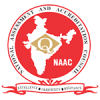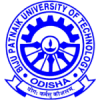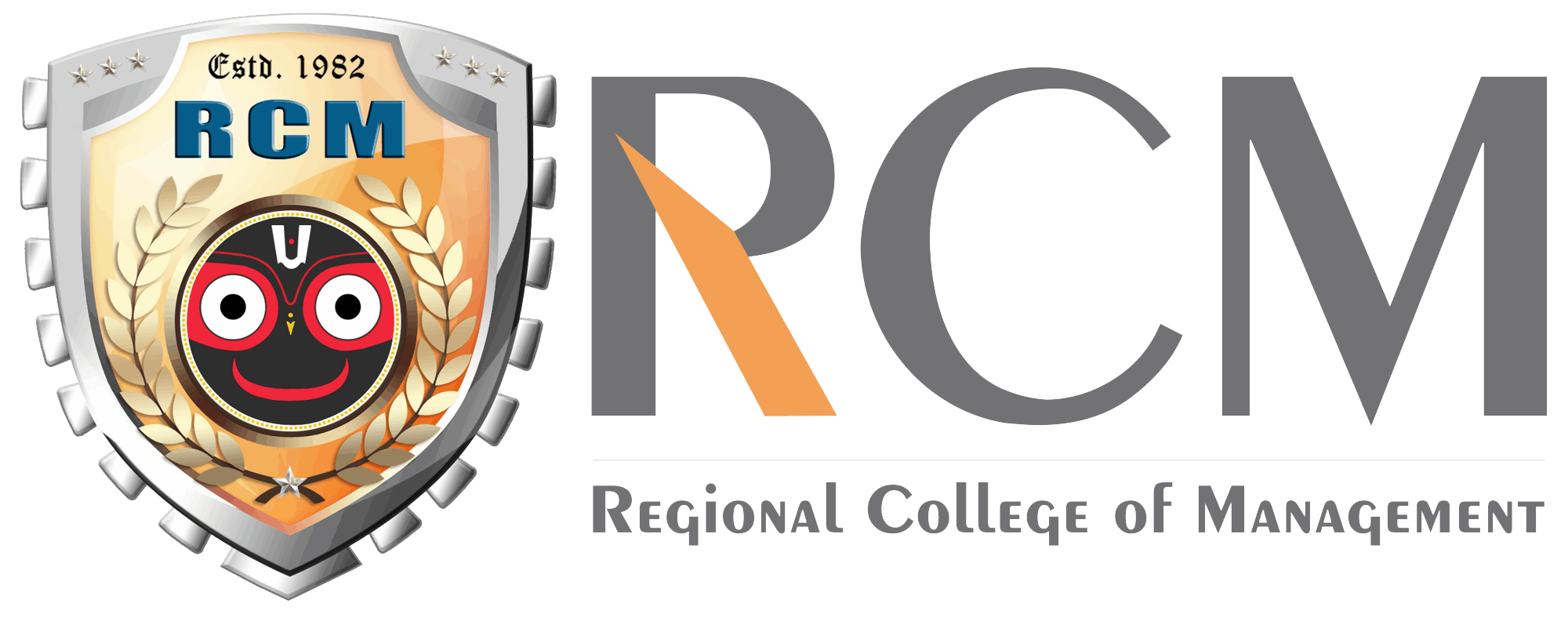When preparing for engineering and other professional courses, many students in India consider two major entrance exams: OJEE Syllabus (Odisha Joint Entrance Examination) and JEE Main (Joint Entrance Examination Main). While both exams serve as gateways to prestigious institutions, their syllabi, exam patterns, and difficulty levels vary significantly.
In this blog, we will provide a detailed comparison of the OJEE syllabus and JEE Main syllabus, highlighting the key differences that can help students strategize their preparation effectively.
What is OJEE?
OJEE (Odisha Joint Entrance Examination) is a state-level entrance exam conducted by the Odisha Joint Entrance Examination Board (OJEEB). It is primarily held for admissions into various professional courses such as B.Tech (Lateral Entry), MBA, MCA, M.Tech, B.Pharm, and other programs offered by colleges in Odisha.
OJEE is usually conducted in an online mode and is open to students who have completed or are in the final year of their qualifying exams. Unlike JEE Main, which is a national-level exam, OJEE is limited to Odisha’s educational institutions.
What is JEE Main?
JEE Main (Joint Entrance Examination Main) is a national-level entrance test organized by the National Testing Agency (NTA). It is one of the most competitive exams in India and is conducted to offer admissions into B.E./B.Tech, B.Arch, and B.Plan courses in NITs, IIITs, and other centrally funded institutions.
JEE Main is conducted in two sessions every year (January and April) in Computer-Based Test (CBT) mode. It is the gateway for JEE Advanced, which is required for admission to the prestigious IITs.
OJEE Syllabus vs. JEE Main Syllabus: A Comparative Analysis
Let’s take a detailed look at how the OJEE syllabus differs from the JEE Main syllabus in various aspects.
1. Subjects Covered
Both exams cover Physics, Chemistry, and Mathematics for engineering aspirants, but there are notable differences in the depth and scope of topics covered.
OJEE Syllabus:
- Mathematics: Algebra, Trigonometry, Calculus, Co-ordinate Geometry, Probability & Statistics, and Vector Algebra.
- Physics: Kinematics, Laws of Motion, Work & Energy, Electrostatics, Thermodynamics, Optics, and Modern Physics.
- Chemistry: Physical, Organic, and Inorganic Chemistry, including Chemical Kinetics, Thermodynamics, Coordination Compounds, and Biomolecules.
- For non-engineering courses, subjects like Logical Reasoning, Analytical Skills, General Awareness, and Biology are included in the syllabus.
JEE Main Syllabus:
- The JEE Main syllabus is based on NCERT Class 11 and Class 12 topics but with a higher level of conceptual depth.
- Includes tougher numerical problems and advanced application-based questions compared to OJEE.
- Mathematics includes 3D Geometry, Vector Calculus, Permutations & Combinations, and Advanced Calculus.
- Physics has more emphasis on Mechanics, Thermodynamics, and Electromagnetism.
- Chemistry includes Physical, Inorganic, and Organic Chemistry with a stronger focus on conceptual clarity and numerical applications.
2. Difficulty Level
The difficulty level of JEE Main is significantly higher compared to OJEE.
- OJEE is a state-level exam, so the questions are relatively easier and focus on fundamental concepts.
- JEE Main is a national-level exam with a higher competition level, requiring deeper understanding and problem-solving skills.
- JEE Main questions often include multi-concept problems, whereas OJEE focuses more on direct applications.
3. Exam Pattern Comparison
| Feature | OJEE | JEE MAIN |
|---|---|---|
| Mode of Exam | Online (CBT) | Online (CBT) |
| Duration | 2 to 3 hours (varies by course) | 3 hours |
| Subjects Covered | PCM (for B.Tech Lateral Entry), Logical Reasoning, General Awareness (for MBA, MCA) | PCM (for B.Tech), Drawing (for B.Arch), Aptitude (for B.Plan) |
| Number of Questions | 120 | 90 |
| Marking Scheme | +4 for correct, -1 for incorrect | +4 for correct, -1 for incorrect |
| Difficulty Level | Moderate | High |
4. Purpose of Exam
- OJEE is mainly for admissions into Odisha’s private and government institutions.
- JEE Main is a national-level test used for admissions into NITs, IIITs, and other central universities across India.
5. Eligibility Criteria
- OJEE: Candidates must have passed 10+2 with PCM/PCB depending on the course they are applying for. It also offers Lateral Entry options for diploma holders.
- JEE Main: Candidates must have passed 10+2 with Physics, Chemistry, and Mathematics with at least 75% marks for NITs and IIITs (relaxed for reserved categories).
Which Exam Should You Choose?
- If you are looking to study in Odisha-based colleges, OJEE is the best option.
- If you aim to secure admission in NITs, IIITs, or centrally funded institutes, then JEE Main is necessary.
- JEE Main requires extensive preparation and a strong foundation in concepts, whereas OJEE can be cleared with state-level preparation.
- For students looking for lateral entry into B.Tech, OJEE is the best choice as JEE Main does not offer this option.
Conclusion
Both OJEE and JEE Main serve different purposes and cater to different sets of students. While JEE Main is tougher and nationally competitive, OJEE is state-level and relatively easier. Understanding the OJEE syllabus and JEE Main syllabus differences is crucial for aspirants to prepare effectively based on their goals.
If your target is a national-level institute, start preparing for JEE Main with a strong conceptual approach. If you want to study in Odisha’s reputed colleges, OJEE is a great option that requires a focused but less intense preparation strategy.
Whichever exam you choose, proper planning, a clear understanding of the syllabus, and consistent practice will help you succeed. Best of luck with your exam preparation!














